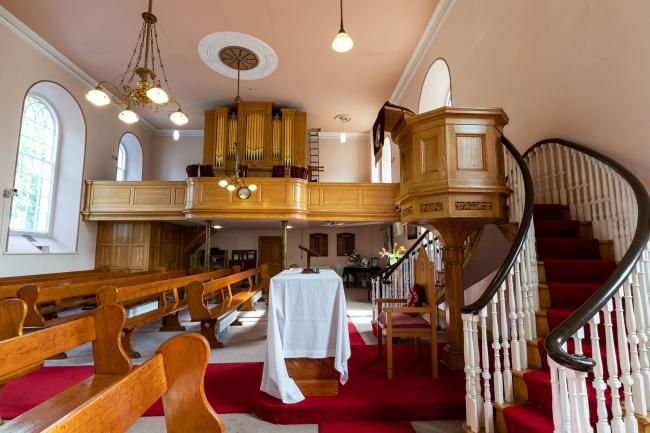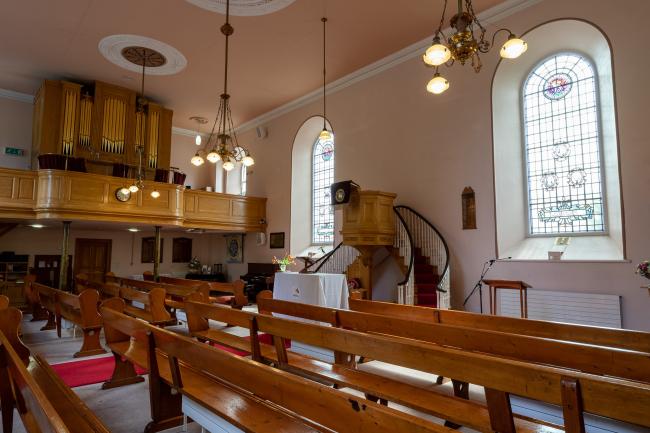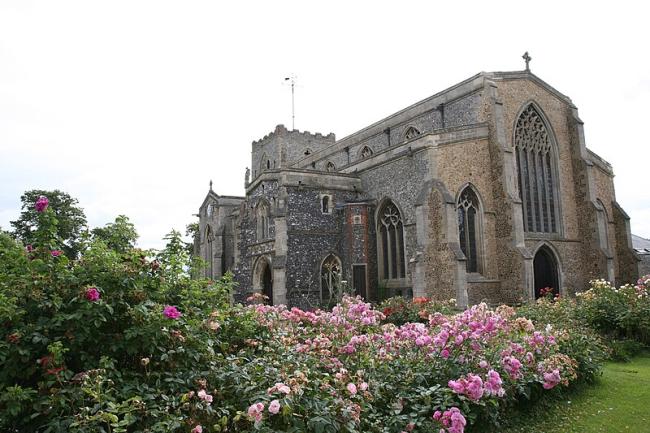A church in Northern Ireland has been designated a World Heritage Site by the United Nations Educational, Scientific and Cultural Organisation (UNESCO). This makes it the 34th UNESCO World Heritage Site in the UK and the second in Northern Ireland. This is a good news story for tourism in Northern Ireland. But should other UK churches follow this example to help attract even more visitors to these important buildings?
About Gracehill Moravian Settlement
Gracehill Moravian Settlement, in County Antrim, was founded 264 years ago and is home to the only complete Moravian settlement in Ireland. The Moravian Church is one of the earliest Protestant denominations and arrived in the UK and Ireland from central Europe in the early 18th century.
The village's UNESCO status is part of a transnational designation, which also includes Moravian sites in the United States, Germany, and Denmark.

Gracehill is an example of the unique spiritual, societal, and ethical ideals of the Moravian Church, which you will find expressed through a distinctive style of how the town is laid out, and through its architecture.
Gracehill is laid out according to grid plan, with a central square and a distinct gender split. The sisters' side of the village is in the north and the brothers' side is in the south. Up a gentle incline, aligned with the church, lies God’s Acre – the graveyard – which symbolises that the dead remain part of the community in memory.
Gracehill continues to have an active church congregation. When you visit the church, you step inside the elegant front door and experience a warm and bright space featuring many original fixtures and fittings. The benches bear the marks of time and are thought to be original, adapted and added to over time for greater comfort. And, either side of the wineglass pulpit, stained glass windows feature medallions of prominent Moravian figures, created by Dublin artist Ethel Rhind. These medallions, formerly in the Moravian Church in Dublin, depict the founding fathers of the Moravian Church and those who brought it to Ireland and Gracehill.
In 2009, the National Churches Trust awarded Gracehill Moravian Church a £10,000 grant to help with urgent repairs, to help keep this historic church open and in use.
Tourism boost
“I am delighted that the cultural importance of Gracehill to the world has been recognised through the UNESCO designation,” shares Gordon Lyons, Northern Ireland Communities Minister.
“In recent years, my department has worked with the Gracehill community to maintain the village and develop their World Heritage bid. We have supported listed building repairs and provided advice and, since the US formally decided to proceed in 2021, we have contributed to the nomination costs.
“Gracehill is a special place with an active community and this recognition of a small village on the world stage is a great endorsement, helping to remind us all that Northern Ireland has a fascinating heritage that is well worth exploring.”
“I look forward to working together with the international community and my counterparts in Northern Ireland to celebrate the Gracehill site and ensure the Moravian traditions live on to be passed onto future generations,” adds the new UK Government Culture Minister, Sir Chris Bryant.

Keeping churches open
There are thousands of amazing churches in wonderful locations across the UK. The sheer variety, beauty and history of them allows visitors from near and far to learn more about our history and culture.
In France, Belgium, Italy and Spain many groups of historic churches have been designated UNESCO World Heritage Sites. This highly visible brand helps drive tourism, as well as offering special protection for the site itself. Many of the UK’s churches and chapels are of similar importance and deserve similar branding, for example the wool churches of Norfolk and Suffolk, the towers of Somerset, or the early Christian sites of Wales and northern Britain.

“As part of Every Church Counts, our six point plan to save UK church buildings, we asked The Department for Culture, Media and Sport to work with the main national tourism organisations to commission a national study into how to make more of the unrivalled heritage of the UK’s churches,” says Eddie Tulasiewicz, Head of Policy and Public Affairs for the National Churches Trust.
“This would provide new ideas and practical solutions to enable local historic churches to be better promoted to UK and overseas visitors by national and local tourist organisations. It could also spread the benefits of tourism to new locations, taking the pressure of existing tourist hotspots and boosting local economies.
“With an increasing number of churches, chapels and meeting houses in danger of closing across the UK, a national plan is urgently needed to keep these buildings open for the future. A UNESCO World Heritage Site status or equivalent would help show how important the UK’s historic churches are and increase the number of people visiting them.”

